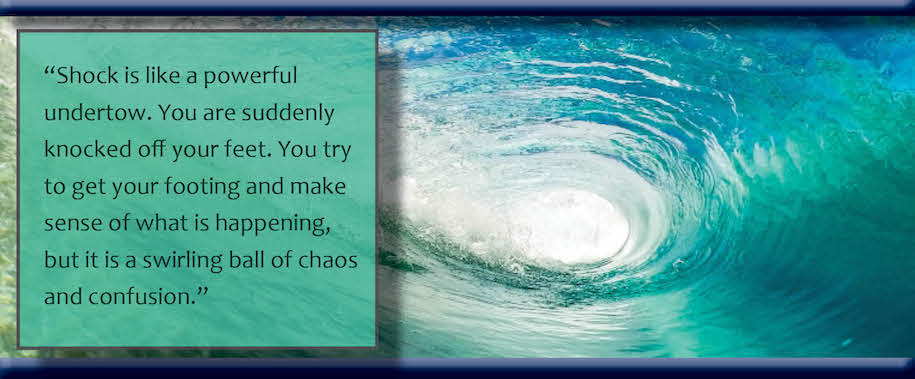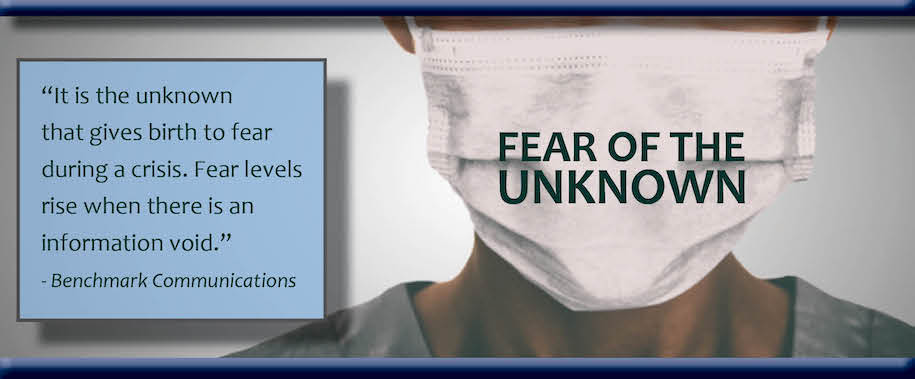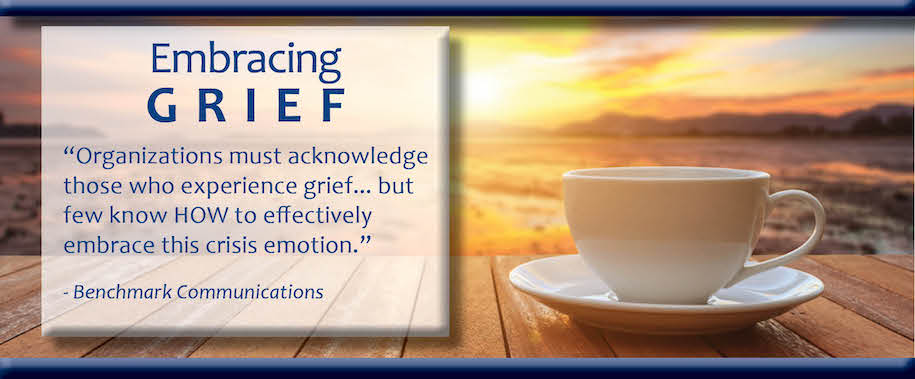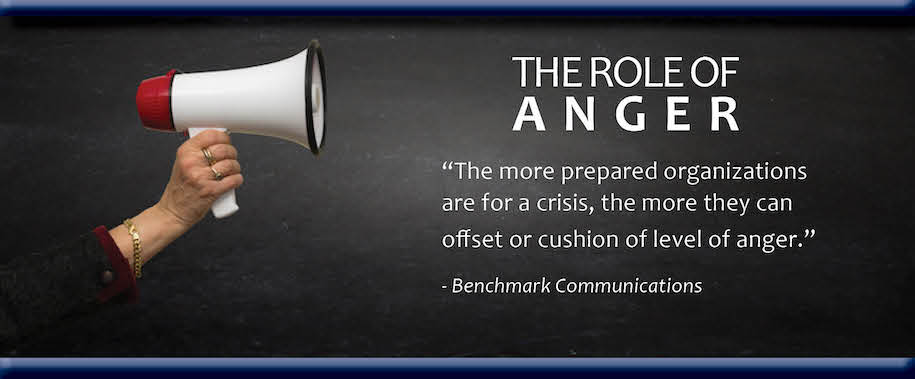The COVID-19 crisis has been surreal. It has plowed up deep rows of emotions across the Earth. The deepest emotions have been fear, anxiety and anger. For months people have hunkered down in their homes and learned to adapt to new realities. Sadly, some people have died alone without family. Many have lost jobs and savings. Tragically, some lost all hope during the shelter-in-place order and gave up. World economies are terribly shaken, and the future is a big question mark for millions of people. Healing from a crisis takes time and part of the healing process is gaining perspective about what has transpired. This is why it is helpful to understand the 4 major stages of emotions in a crisis.
Healing From a Crisis
Emotions are like a raging river in the springtime. They are powerful. Your body produces stress hormones upon hearing threatening news. Emotions then override normal thought processes during a crisis. This is why crisis leaders and crisis teams must understand how to identify and work with emotions. As you read the following about the four stages of crisis emotions, think about which ones you have experienced during the COVID-19 pandemic. Think about which emotions have impacted you the most and shaped your reality.

1st Emotion: Shock
Shock is typically the first emotion you experience when you are faced with bad news. If you were around for the 9-11 terrorist attacks you most likely experienced shock and disbelief as you watched the video of the planes hitting the towers in New York City. It was hard to comprehend that the US was really under attack. Shock is like a powerful undertow. You are suddenly pulled and knocked off your feet. You try to get your footing and make sense of what is happening, but it is a swirling ball of chaos and confusion.

Many people have experienced chaos and confusion during the COVID-19 crisis. They could not comprehend the US economic engine and life as we knew it had to be stopped. Early on national journalists joked about “that virus in China” and said the flu was a bigger concern. Renown health organizations and politicians doubted it would be an issue for the USA much less the entire planet. But then we were suddenly faced with tangible evidence of air travel alerts, closed businesses, schools and life as we knew it. Full-on shock set in.
Organizations in Crisis: When an organization experiences a crisis such as a fire, explosion, fraud, product contamination, factory closings, workplace violence, etc., it is important for key leaders to quickly acknowledge the situation even when little is known at first. This prompt acknowledgment gives people some comfort that leaders are actively assessing the issue. This can help soften the level of stakeholder shock and disbelief.
2nd Emotion: Fear
Fear is the second stage of emotions during a crisis and people experience it at different times. As the COVID-19 crisis was developing I recall joking about “those people” stocking up on food and toilet paper. I mistakenly assumed the whole thing would be over quickly, so it took a while for me to experience fear. Who would have thought a nation would become obsessed with finding a roll of toilet paper? One local guy was selling them out of the back of his truck for $5 a roll.

During a crisis the fires of fear are stoked 24/7 by the news media and social media sites. This might be why many people started avoiding news coverage of the COVID-19 crisis and immersed themselves in Netflix binging. This could also explain why White House briefings became so popular; people sought out updates from key sources instead of subjecting themselves to the fear-stoked filters of the national news media.
Organizations in Crisis: It is the unknown that gives birth to fear during a crisis. Fear levels rise during a crisis when there is an information void. This is why it is so important for organizations to get in front of a story and establish itself as the leader of timely and accurate information. You saw this in the huge ratings of the White House daily press briefings; people sought experts on the front lines to allay their fears. People want to hear and see tangible evidence. They want assurance that the people in charge have a plan and are taking action. Otherwise, fear levels increase.
3rd Emotion: Grieving
The third stage of emotions during a crisis is grieving and sadness. This typically occurs as fear wears off or grinds on the mental state. Throughout the COVID-19 crisis people have grieved over a variety of things: deaths, illness, separation from loved ones, loss of jobs / income, loss of some goods and services, loss of hope for the future, loss of routines and much more. You have heard the stories of people who cannot visit loved ones in retirement homes or hospitals. Many people died alone as their loved ones were not allowed to be with them at hospitals. Our family was unable to attend the funeral service of a beloved cousin in Louisiana.

Organizations in Crisis: It is crucial that organizations acknowledge the stakeholders who experience grief; and they must do so in a meaningful way. Addressing emotions is more important than delivering a data dump for every news cycle. Some organizations get this point, but do not really know HOW to effectively embrace and speak to this emotion. Too often they end up sounding like trite robots.
4th Emotion: Anger
Anger is typically the last emotion to materialize during the crisis cycle. There are a few circumstances where anger comes into play earlier. For the COVID-19 crisis it took most people weeks or longer to get to anger. People first had to work through the first 3 stages of disbelief, fear and sadness. People gravitate toward anger as they begin digesting more information and questioning things. During the COVID-19 crisis you have seen anger toward world health officials who offered up costly misleading projections at different times. You have witnessed lots of anger toward politicians as people question the effectiveness of their crisis response strategies. Last but not least people have also expressed their disgust with the news media for spewing all types of sensational misinformation on a daily basis.

Organizations in Crisis: When organizations are prepared for a crisis they can often offset or cushion the level of public outrage. This is why crisis drills and planning are paramount. The more you plan and practice how to address key risks, the more you identify gaps in your plans. In turn, you will anticipate and meet stakeholder expectations. By doing this you can keep the anger monster at bay.
Crisis Emotions Rule
During a crisis people desperately want answers and solutions to make sense of what has happened. Emotions are the natural expression of people trying to make sense during chaos and confusion. This is why effective crisis leadership is crucial. There is no such thing as a “perfect” crisis response, especially in a once-in-a-lifetime pandemic. But leaders who understand the role of emotions have a better chance of success with key audiences.
Crisis Leadership Best Practices
Benchmark helps leaders and teams reach their full potential with better leadership and communication strategies. We offer actionable and relevant consulting, training and coaching for leaders and teams. CONTACT US to explore your business goals and options. Take care and be safe!

